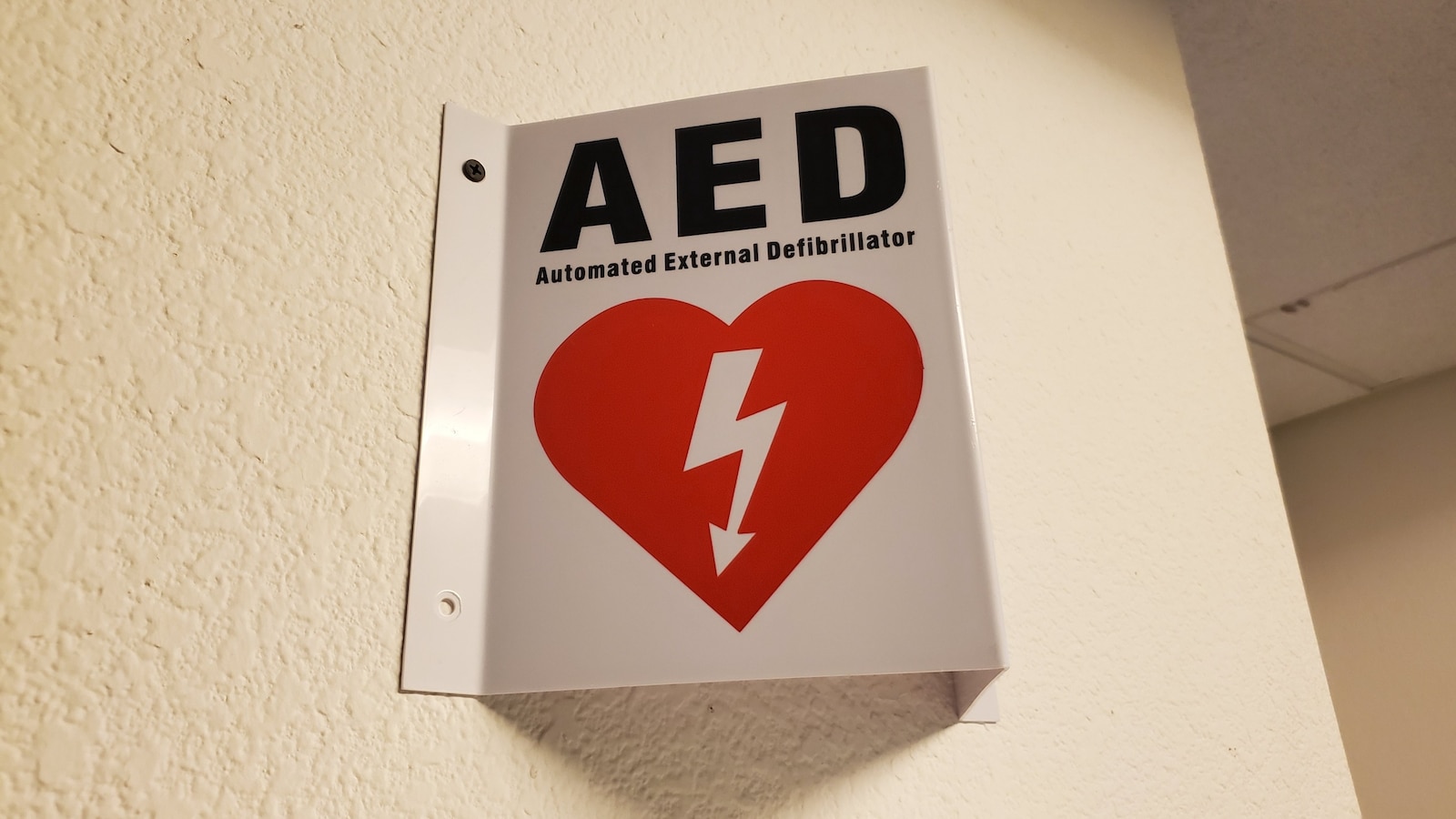Of 9,290 cases studied, bystander resuscitation was only performed in 61.3%.
Bystander use of automated external defibrillators, or AEDs, for witnessed out-of-hospital cardiac arrests remains low despite legislative efforts to improve access to these life-saving devices at recreational facilities across the United States, according to a study recently published in the Journal of the American Medical Association.
Researchers at the University of Texas Southwestern Medical Center and the University of Missouri-Kansas City reviewed how frequently bystanders used AEDs in 9,290 cases of witnessed cardiac arrest at recreational facilities, based on data from the Cardiac Arrest Registry to Enhance Survival (CARES). They further compared the frequency of AED use among states with and without enacted laws requiring the presence of AEDs on site at recreational facilities.
Although 46.8% of patients with out-of-hospital cardiac arrest had shockable heart rhythms, bystander use of AEDs remained low across the country, with only 19% of bystanders using AEDs in AED-enacted law states, and 18.2% of bystanders using AEDs in non-law states, the JAMA study, published Jan. 2, found.



Instincts aside.
I assume actually using an AED is always better than CPR. Is that correct?
Paramedic here! They both serve different purposes. CPR keeps blood circulating to keep one’s brain and other important organs alive. An AED will detect the activity of someone’s heart and if it is a specific rhythm it will shock it. Cardiac arrest isn’t always a flat line, it can be the heart quivering or ineffectively pumping. This shock stops the heart briefly and then hopefully their heart will return to a normal rhythm.
In the simplest terms I can think of, someone in cardiac arrest needs both. Without CPR their brain will die. Without an AED they are less likely to come out of cardiac arrest and will just remain dead.
The AED is only going to fix an irregular rhythm (which is what the shock does) which would mean that you don’t need CPR because the heart would then take on a more appropriate rhythm. If you can’t shock someone, then you must have CPR. In both cases, applying the AED would be a good choice because it will tell you either way.